In the many years since Troika Games developed Vampire: The Masquerade – Bloodlines, there have been precious few video games that attempt to deliver the full experience of hunting, surviving, and blending into polite society as a creature of the night. Over a decade later, here arrives Vampyr by DONTNOD Entertainment to not only allow players to explore and hunt through the underbelly of London but also to roleplay the gloomy existence and moral consequences of unlife as a vampire. Perhaps just as impressive is that DONTNOD’s newest game reaches and pursues its ambitions as a budget AA project, favoring creativity of setting, gameplay ideas, and storytelling over higher production values.

The story concerns renowned surgeon and blood specialist, Dr. Jonathan Reid, returning home from the front lines of World War I to visit his ailing mother in London. He is assaulted and bitten by a man and contracts vampirism from the encounter. Presumed dead, his body is dropped among victims of the Spanish Flu presently ravaging the city, but once he recovers he can hardly think straight for the powerful thirst he now possesses. A blood-starved madness leads him to kill his sister, throwing him into grief and fueling a quest to understand what has happened to him. In his search for answers and the vampire that cursed him, Jonathan encounters a colorful range of individuals, each with varying backgrounds and motives, and each seeking to alter the course of London’s future for good or ill.
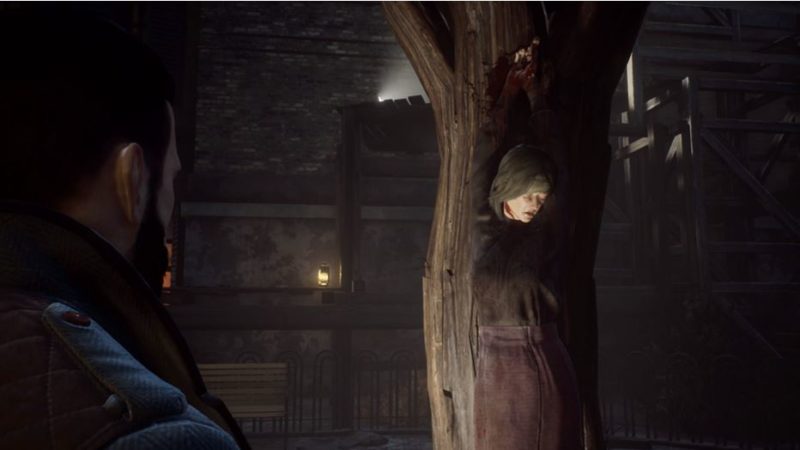
Here’s a vampire game that steals all of the romance out of being a bloodsucking monster. Jonathan’s story borrows from classic gothic horror and tragedy, presenting vampirism as the debilitating curse an eternal thirst for blood should be. The incredible powers he can develop come directly from how much the player indulges his monstrous urges. This is a very clever design choice, as it makes gaining power both fun and tempting, but also makes the moral consequences of pursuing such power all the more disturbing. The challenge comes from taking a principled stance (or not) to feeding on innocent citizens, which is a more engaging and thoughtful approach to a morality system than a binary good/evil bar. It doesn’t matter if the person is good or bad in the player’s eyes, their blood provides experience points for new abilities and upgrades all the same. For those who want to play a wicked descent into darkness, feeding on everybody will eventually turn Jonathan into a nigh-unstoppable demonic force.
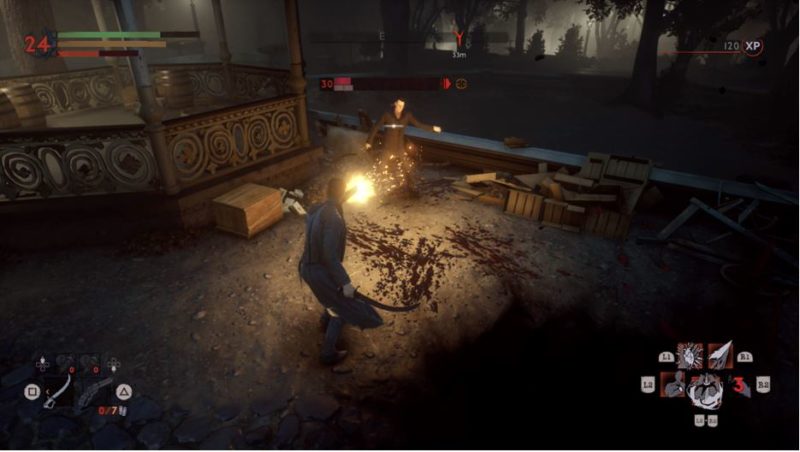
The combat system bears some resemblance to FromSoftware’s Bloodborne, albeit less extensive. Jonathan can wield a number of melee and ranged weapons in addition to using his vampire abilities during battle. Some weapons come with unique properties, like the scythe, which must be wielded two-handed (removing the option for a gun or other sidearm) but can also parry incoming attacks and deliver a punishing counterattack. Enemies can be fixed near the center of the camera with a lock-on, and Jonathan can perform a small sidestep/dash similar to the dodging mechanic found in Bloodborne and the Souls series. Jonathan’s vampire abilities are fueled by the blood he drains from enemies and civilians, separate from experience points. Blood is used to perform feats ranging from creating exploding bombs of shadow to forming spears of blood for impale foes. The controls are never quite as snappy or responsive as those found in FromSoftware’s games, but combat is still reasonably enjoyable thanks to the variety of powers and weapons available to experiment with.
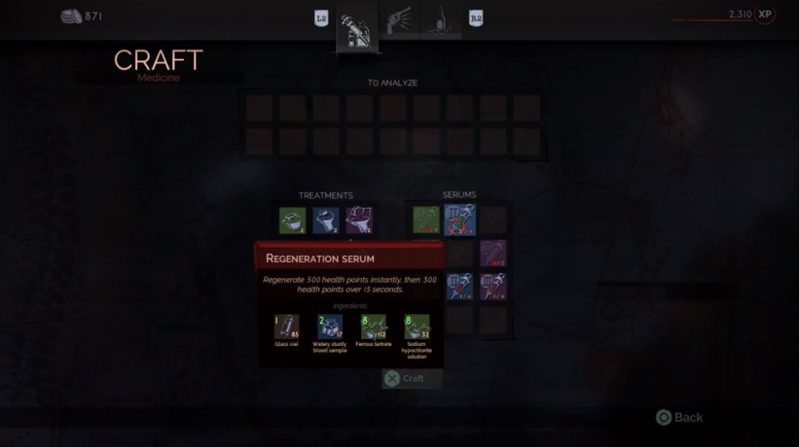
Jonathan can perform research at any hideout or home base that has a workshop available. From here he can craft serums that give bonuses in and out of combat, cures for the various illnesses and symptoms plaguing London’s people, and upgrade his weapons with new traits and stat increases. It’s a fairly standard crafting system, and there aren’t a lot of choices between types of upgrades (more damage or reduced stamina cost is a common one), but the addition of research and crafting helps to immerse the player in Jonathan’s world as a physician and undercover vampire.
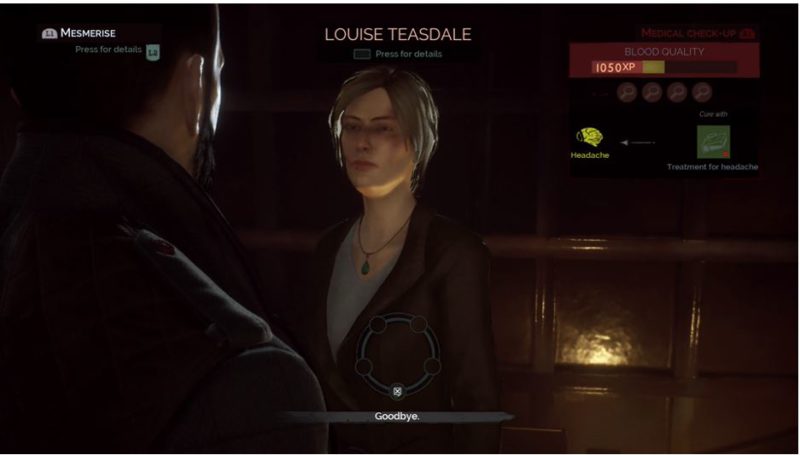
Curing people of illnesses improves the quality of their blood, if Jonathan chooses to indulge his inner beast, providing greater amounts of experience points for evolving new abilities. Curing is also important for keeping characters alive and avoiding cascading consequences. As the game progresses, NPCs can die due to illnesses or other reasons. All of the characters are interconnected with each other on the “Citizen Menu,” and the overall stability of the four major London districts Jonathan will explore are affected by which characters live or die. This adds a degree of randomness and variation to a playthrough, as choosing who (if anybody) Jonathan feeds on has as much influence on the outcome of quests and the main story as the actions of those same NPCs behind the scenes. Perhaps unsurprisingly, Vampyr employs an autosave mechanic as its only means of saving data, meaning all choices and consequences are permanent for a given playthrough in real time.
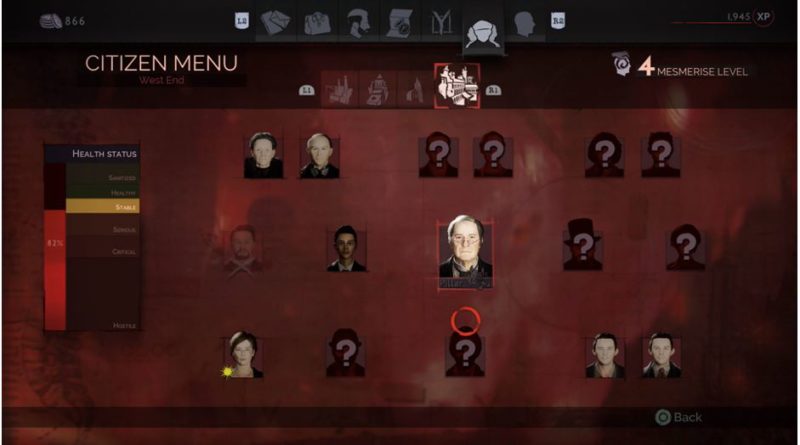
For a game about maintaining the guise of normalcy while being a vampire, the stealth mechanics are rather simplistic. Jonathan need only walk calmly outside of enemies and targets’ vision in order to sneak up on them. This is useful for taking the initiative when starting combat, but is surprisingly unambitious, immersion-breaking even, given the story and setting. Disguises aren’t necessary as Jonathan can walk into a bar covered in blood and nobody is worried that it might be somebody else’s. Similarly, nobody hardly seems to notice Jonathan’s disturbing paleness or demonic-looking eyes. Leading a civilian off to drain them of valuable blood requires only having a high enough “mesmerize” level to compel them to walk with you into conveniently marked alleyways before harvesting.
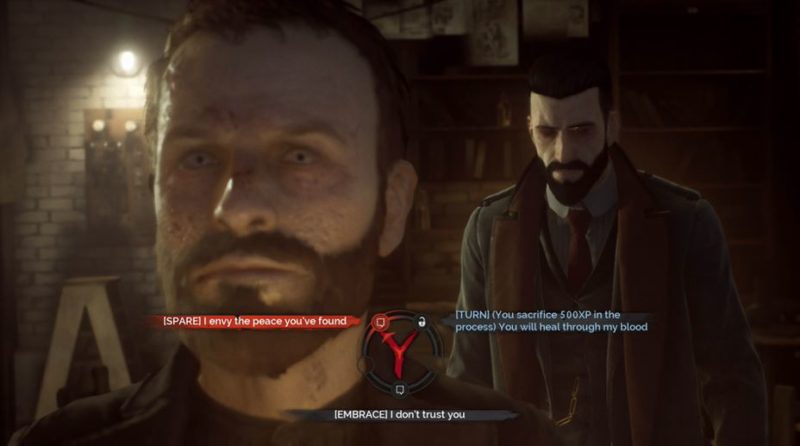
The voice acting is quite good, which is more impressive after considering the dozens of unique NPCs that serve as characters for Jonathan to interact with. The player is given control over many of the questions and conversation angles Jonathan can use on these characters, giving Vampyr a mild adventure game feeling as hints and clues lead Jonathan on a detective’s chase through London. Subtitles are available throughout the game, but there are noticeable errors where they don’t always match the spoken dialogue. It’s tolerable at best and a little confusing at worst when available questions and statements are phrased differently from what Jonathan actually says. Also disappointing (and humorous, occasionally) is the lack of variety and range in the facial animations of the characters, as though all of London’s people are slowly becoming mannequins.
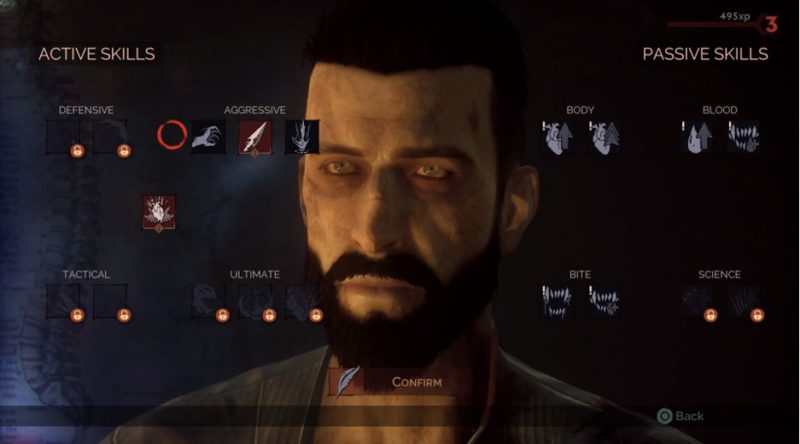
This adventure/detective side of the game is naturally where most of the storytelling happens. The delivery is a mixed bag, though, mostly due to the process through which Jonathan makes his inquiries during missions. The player has access to a dialogue wheel, but rarely can Jonathan say something that upsets a character enough to lock him out of learning more mission hints and information. Instead, most conversations involve exhausting every possible dialogue option until the player is satisfied or bored. Even DONTNOD seems to have been unsure of how the dialogue system should operate as many of the lines of dialogue sound downright amnesiatic if asked in the “wrong” order.

Vampyr never runs at a smooth frame rate on the standard PS4. It always has a slight shakiness while moving the camera or Jonathan, both in and out of combat. Loading a save file from the main menu, transitioning between areas, and (most unfortunately) even dying and resuming from the last autosave can take upwards of 20-30 seconds. The animations look clumsy and unpolished at times, and there’s a constant sense that Vampyr’s ambitions exceed the time and resources its development allowed. The art direction, environments, and many of the character models look great for a budget title utilizing Unreal Engine 4, but the performance lags behind the visuals. Vampyr has the potential to be a sharp looking game, but the inconsistent frame rate, lengthy load times, and occasionally stiff and awkward character animations put a damper on the experience.

Even with those technical concerns and gameplay idiosyncrasies in mind, however, Vampyr is surprisingly solid and confident in its design and presentation. The game’s greatest weakness is that it lacks the superior polish of a AAA production, which isn’t so bad when DONTNOD’s goal was always to make the most out of a modest budget. In this modern age of wildly expensive, multimillion dollar video game productions, a return to smaller, more personal studio projects might be just what the industry could use more of.
8/10
Check Out the Vampyr Launch Trailer:
Vampyr is available for PlayStation 4, Xbox One, and PC.
PlayStation 4 Review
-
Overall Score - 8/108/10
I've been gaming for 22 years, ever since my mom picked up a secondhand NES, and I've played on just about every gaming platform out there since. I think video games are one of most innovative and artistic mediums in the world today, and I'm always curious how developers will surprise me next.

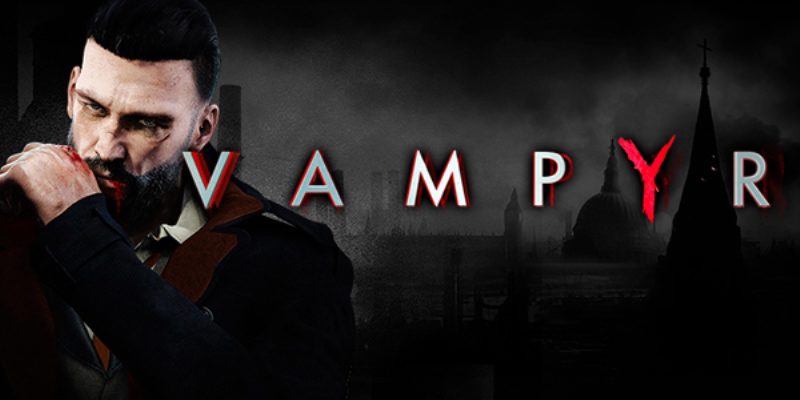
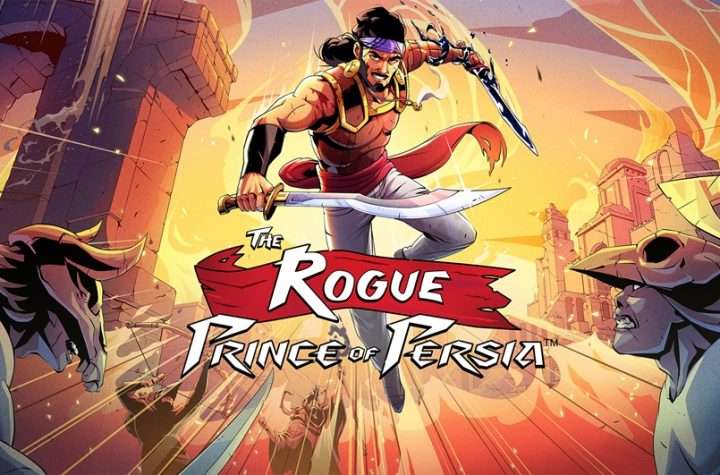
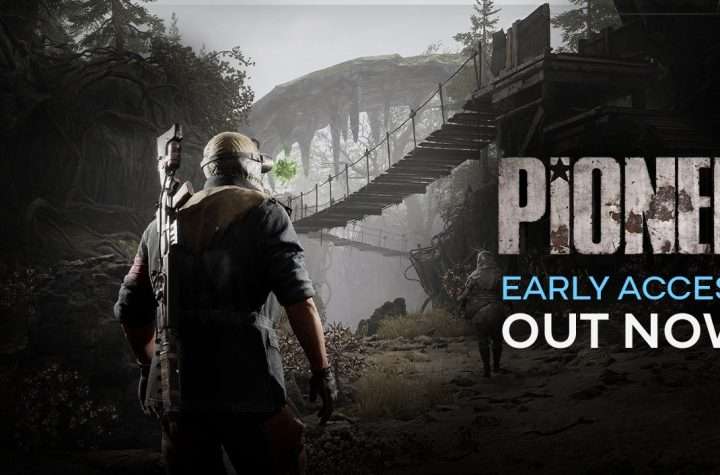
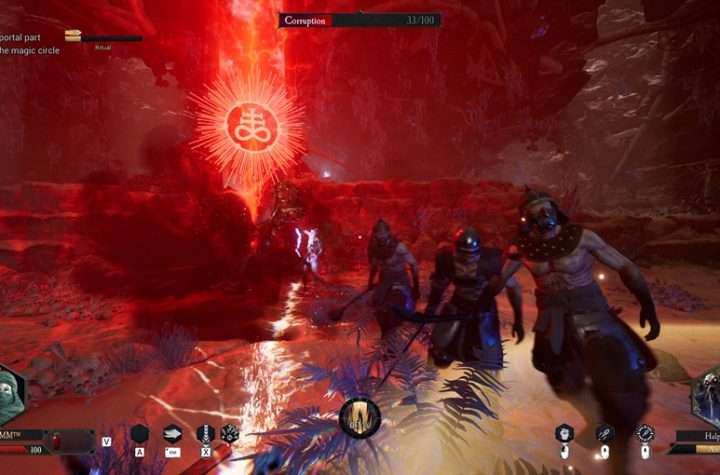
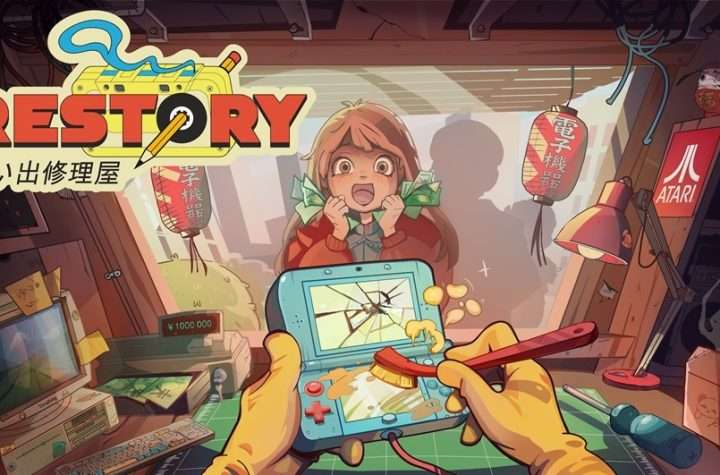
More Stories
DAIMON BLADES Preview for Steam Early Access
ReStory Preview for Steam
Firefighting Simulator: Ignite Releases Parker’s Story DLC for PC and Console